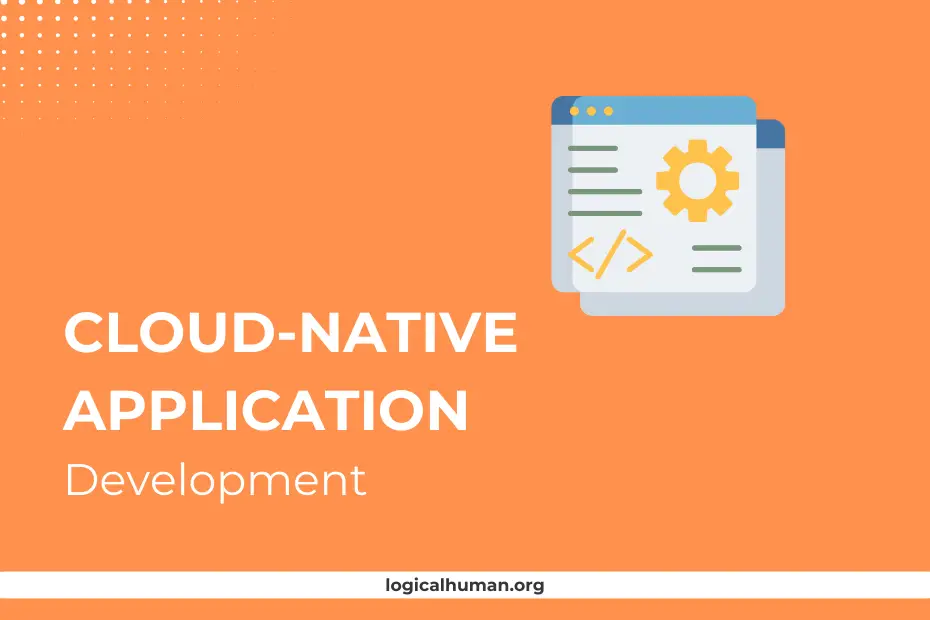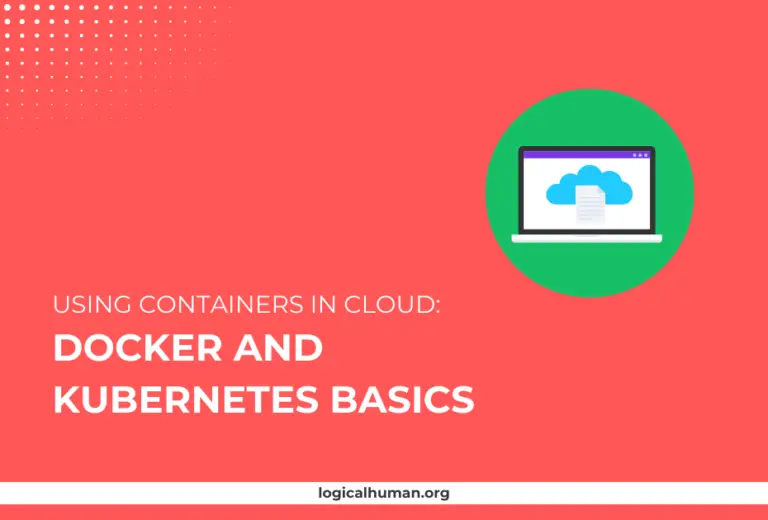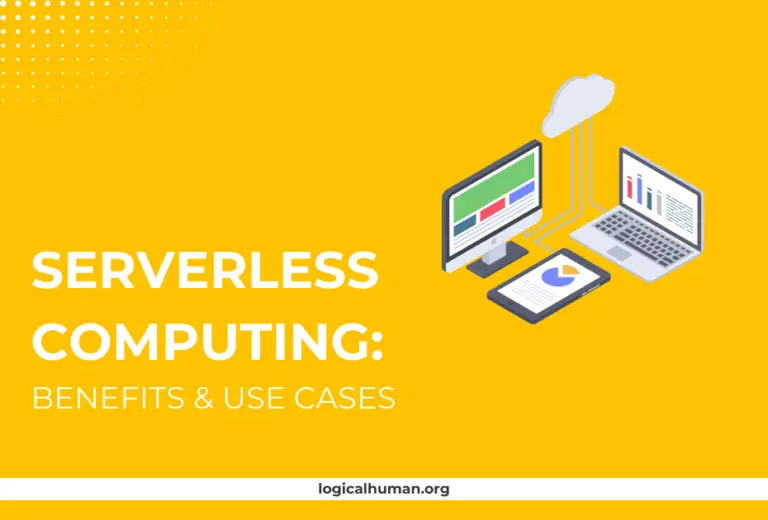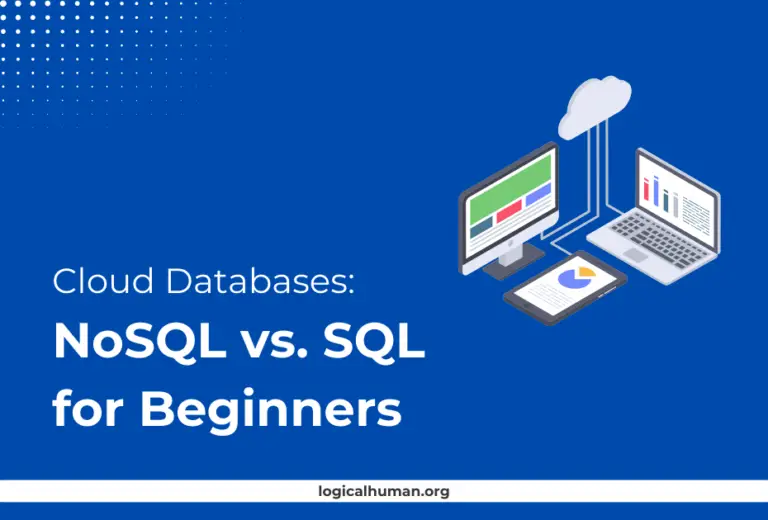Cloud-native application development is a modern approach to building and running applications that takes full advantage of cloud computing delivery models. It’s all about creating software that is scalable, resilient, and highly adaptable, making it perfect for the fast-paced world of tech today.
What is Cloud-Native?
At its core, cloud-native means designing applications that are built to operate in a cloud environment. Unlike traditional applications, which may be designed for on-premise infrastructure and later adapted to run on the cloud, cloud-native applications are created from the ground up to be run in the cloud.
The Core Principles of Cloud-Native Development
The main principles of cloud-native include microservices architecture, containerization, DevOps practices, and automation. These principles allow developers to build systems that are modular, flexible, and capable of evolving over time.
Cloud-Native vs. Traditional Applications
Traditional applications are typically monolithic, meaning they are built as a single unit. If one part fails, the whole application can crash. On the other hand, cloud-native apps are built with microservices, meaning they can continue running even if one part fails. This difference gives cloud-native apps a significant edge in resilience and scalability.
Why Cloud-Native Matters in Today’s Tech World
You may wonder, why is everyone talking about cloud-native applications? The short answer: it’s transforming the way we build and deploy software.
Scalability and Flexibility
Cloud-native apps are designed to scale easily. Whether you need to handle a hundred users or a million, cloud-native applications can scale seamlessly across multiple servers and regions.
Cost Efficiency
Because cloud-native applications run in cloud environments, you can save on infrastructure costs. Cloud providers like AWS, GCP, and Azure offer pay-as-you-go pricing models, meaning you only pay for the resources you use.
Faster Time to Market
In the competitive world of software, getting your product to market quickly is essential. Cloud-native development, with its automation tools and microservices, allows for rapid deployment and updates, speeding up your product’s development lifecycle.
| Tool/Technology | Category | Primary Use Case | Key Features |
|---|---|---|---|
| Docker | Containerization | Packaging applications into containers | Lightweight, Portable, Consistent |
| Kubernetes | Container Orchestration | Managing and scaling containerized applications | Automated deployment, Scaling, Monitoring |
| Jenkins | CI/CD | Automating code integration and deployment | Pipelines, Integration with various plugins |
| Prometheus | Monitoring | Collecting and analyzing metrics | Time-series database, Flexible queries |
| Istio | Service Mesh | Managing microservices communication | Traffic management, Security, Observability |
Key Components of Cloud-Native Applications
To build cloud-native applications, there are a few essential components you need to be familiar with.
Microservices Architecture
Why Microservices?
Microservices allow developers to break down an application into smaller, independent services. Each service can be developed, tested, and deployed independently, making it easier to scale and update.
Examples of Microservices in Action
Netflix, one of the pioneers of microservices architecture, relies on this approach to stream content to millions of users worldwide. Each microservice handles specific tasks such as user login, recommendation engine, or video streaming.
Containers and Docker
What is Docker?
Docker is a platform that allows developers to package applications and their dependencies into lightweight containers. These containers can be run consistently in any cloud environment, ensuring that the application works the same no matter where it’s deployed.
Benefits of Using Containers
Containers isolate applications, making them more secure and portable. They allow developers to work on different parts of the application without interfering with each other, enhancing collaboration and productivity.
Kubernetes for Orchestration
How Kubernetes Works
Kubernetes is an open-source platform for automating the deployment, scaling, and management of containerized applications. It ensures that your containers are running as expected and automatically handles scaling and failover.
The Role of Kubernetes in Cloud-Native
Kubernetes makes cloud-native development more manageable by automating many of the tasks associated with running containers at scale, such as load balancing, monitoring, and rolling updates.
DevOps and CI/CD in Cloud-Native
For cloud-native development to work efficiently, adopting DevOps practices and CI/CD pipelines is crucial.
Continuous Integration and Continuous Delivery (CI/CD)
How CI/CD Streamlines Development
CI/CD automates the process of testing and deploying code, ensuring that any changes made by developers are quickly and reliably integrated into the production environment. This reduces the chances of bugs and accelerates the deployment process.
Key Tools for CI/CD
Popular CI/CD tools include Jenkins, GitLab CI, and CircleCI. These tools automate testing, building, and deploying applications, ensuring that new features are shipped quickly and reliably.
The Role of DevOps in Cloud-Native
Collaboration Between Development and Operations
DevOps bridges the gap between development and operations, ensuring that teams work together efficiently. This is essential in cloud-native environments, where continuous deployment and monitoring are key.
Automating Cloud Infrastructure
Automation is a central aspect of DevOps. By automating tasks such as server provisioning and scaling, teams can reduce human error and speed up their workflows.
Benefits of Cloud-Native Application Development
There’s a reason why so many companies are adopting cloud-native development—it offers a ton of benefits.
Increased Resilience and Fault Tolerance
Cloud-native applications are designed to handle failures gracefully. If one service fails, the others keep running, reducing downtime.
Seamless Scalability
With cloud-native applications, scaling up or down is as easy as flipping a switch. This ensures that you can meet customer demands without over-provisioning resources.
Enhanced Developer Productivity
Developers can work faster with cloud-native approaches because they can work on individual services without worrying about breaking the entire system.
Challenges of Cloud-Native Development
While the benefits are clear, there are also challenges you need to be aware of.
Complexity of Managing Microservices
Managing hundreds of microservices can be complex, especially when they need to communicate with each other seamlessly. This can make monitoring and debugging more difficult.
Security Considerations
Because cloud-native applications are distributed, they present a larger attack surface. Security practices such as encryption, secure APIs, and proper identity management become even more critical.
Learning Curve for New Tools
The tools and technologies required for cloud-native development, such as Kubernetes, Docker, and CI/CD tools, have a steep learning curve. This can slow down adoption for teams that are new to cloud-native.
Popular Cloud Providers for Cloud-Native Development
If you’re ready to start building cloud-native applications, you’ll need to choose a cloud provider.
Amazon Web Services (AWS)
AWS is one of the largest cloud providers and offers a wide range of services for building, deploying, and scaling cloud-native applications.
Google Cloud Platform (GCP)
Google Cloud is known for its powerful machine learning and data analytics tools, making it a great choice for data-intensive cloud-native applications.
Microsoft Azure
Azure offers strong integration with Microsoft products, making it ideal for enterprises that already rely on tools like Office 365 and Active Directory.
Tools and Technologies for Cloud-Native Development
A variety of tools are available to help you build, deploy, and manage cloud-native applications.
Docker and Kubernetes
These two are the cornerstone of cloud-native development. Docker allows for consistent, reproducible environments, while Kubernetes automates deployment and scaling.
Prometheus for Monitoring
Prometheus is an open-source monitoring solution that is commonly used to collect and analyze metrics from cloud-native applications.
Istio for Service Mesh
Istio provides a way to manage the communications between microservices, ensuring secure, reliable, and observable interactions.
Best Practices for Cloud-Native Application Development
To get the most out of cloud-native, follow these best practices.
Embrace Automation
Automate everything you can, from testing and deployment to infrastructure management. This reduces errors and speeds up your development process.
Monitor and Optimize Continuously
Use monitoring tools like Prometheus and Grafana to keep an eye on your application’s performance and make adjustments as needed.
Prioritize Security from Day One
Security should never be an afterthought. Implement strong security practices such as identity management, encryption, and regular security audits from the start.
Conclusion
Cloud-native application development offers numerous benefits, including scalability, resilience, and faster time to market. However, it also comes with challenges, such as managing microservices and ensuring security. By understanding the core principles, tools, and best practices, you can set yourself up for success in this exciting field.
FAQs
Q1: What is a cloud-native application?
A cloud-native application is designed to run in a cloud environment, utilizing technologies like microservices, containers, and DevOps to ensure scalability, resilience, and flexibility.
Q2: How does cloud-native differ from traditional application development?
Traditional applications are often monolithic, while cloud-native apps use microservices. This makes cloud-native apps more scalable and resilient.
Q3: Which cloud provider is best for cloud-native development?
It depends on your needs. AWS is versatile, GCP is great for data-intensive tasks, and Azure integrates well with Microsoft products.
Q4: What are the main challenges of cloud-native development?
Managing microservices complexity, ensuring security, and navigating the steep learning curve of new tools are some of the main challenges.
Q5: Why is Kubernetes important for cloud-native development?
Kubernetes automates the deployment, scaling, and management of containerized applications, making it easier to run cloud-native applications at scale.



